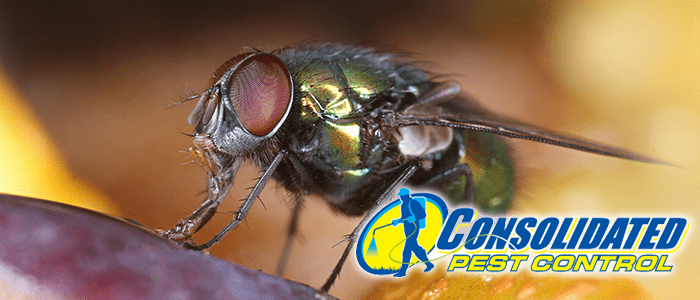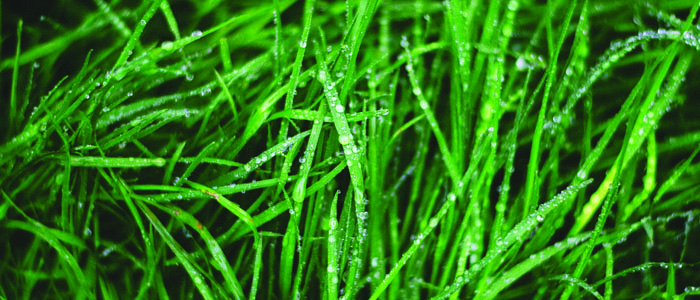
If there is one universal truth, it is that flies are annoying. There are many types of flies and they are all around the globe, and though they have a short lifespan they reproduce very quickly allowing their numbers to grow rapidly. Typically flies lay their eggs in garbage cans or compost bins. They then make their way inside through some crack or crevice you may not even have known was there, whether it is a crack in the weather stripping around your door or a tear in your window screen. Join us as we break down the most common types of flies people encounter.
House Fly
This is the most common type of fly whether in the United States or abroad. They are most often grey in color with four black stripes. They can be anywhere from 1/8 of an inch to ¼ of an inch in length. While flies do have hairy bodies, they do not have teeth or a stinger. Since they do not have teeth, their diet is entirely liquid based. They can, however, use their mouth to liquefy some solid foods. They are most attracted to pet waste materials due do its strong odor. Though they are not able to bite, they can still spread diseases by dropping organisms that are carried on their legs or in their mouths. They also are known to defecate constantly, which is another way they spread bacteria.
Fruit Fly
Fruit flies are found year-round across the United States. Their lifespan is roughly 25-30 days. They are can be 3-4 mm long and are brown in color. Fruit flies are attracted to rotting food, especially fruits and vegetables. They are also drawn to fermenting liquids like beer and wine. Flies are more than just a nuisance pest; they are a health hazard, because they carry bacteria and diseases and are typically found in areas that are unsanitary.
Horse Fly
This type of fly is common in both suburban and rural areas, in particular near bodies of water. Horse flies get their name from their frequent sightings near horses and other large mammals. They are grey or black and anywhere from 10 to 30 mm long. They have large eyes with a green or purple tint and horizontal stripes in them. Adult horse flies can travel 30 miles in a stretch. They are attracted to light, so they are often found near windows with lights shining through them.
The female horsefly feeds on blood, so they are known to bite. Their bite can be quite painful, as, unlike mosquitoes, they do not suck blood but rather tear the skin and lap it up. They are also known to carry harmful bacteria and diseases, and many people are allergic to their bite. They have even been known to chase their intended target for short periods of time rather than finding other prey nearby. Once they have landed on their intended target, they will bite repeatedly until they succeed in acquiring the blood they need or until they are killed.








